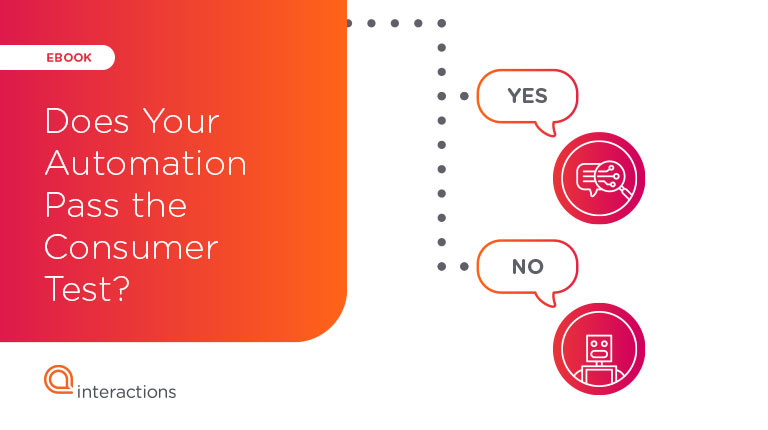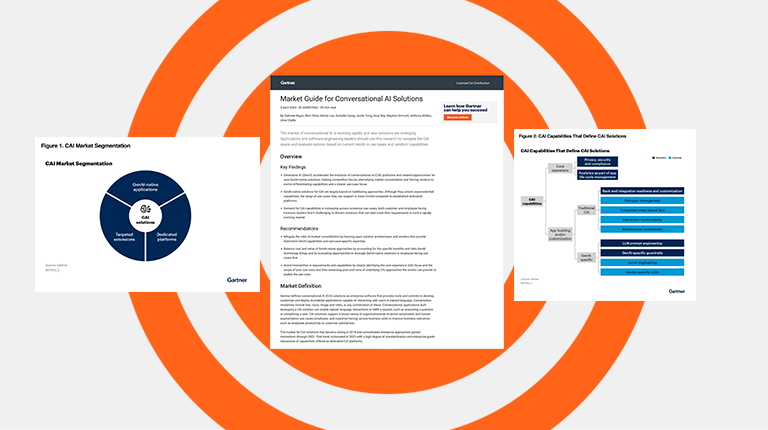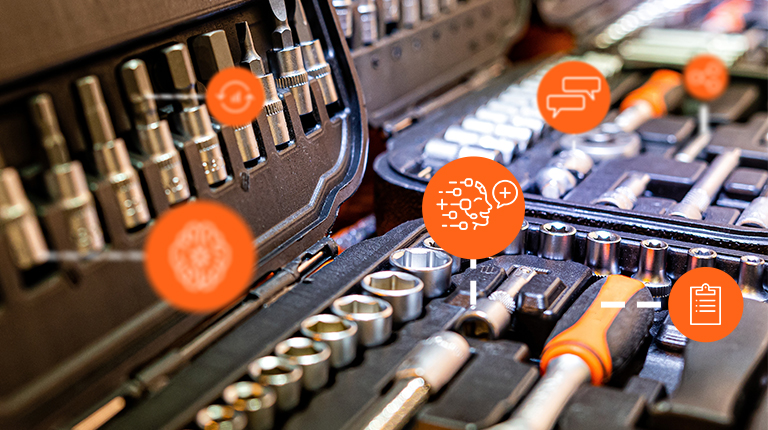Technology has the power to make or break a business, especially contact center technology. Don’t believe us? Imagine this: a potential customer calls your brand because they are interested in purchasing your product or service, but is having trouble navigating the website. Depending on the technology that you deploy, that potential customer may have to shuffle through menu options, or worse, wait in a virtual queue. Knowing that customer expectations these days require quick, productive, and effortless conversations to be met, this potential customer may decide to just hang up and try another brand. One customer? Not a huge deal. But multiply this scenario by hundreds, or thousands, or millions? That’s a lot of lost revenue, and could be the reason that a brand fails.
According to PwC, 1 in 3 customers will leave a brand they love after just one bad experience, while 92% would completely abandon a company after two or three negative interactions. In other words, customer experience matters.
Technology can make all the difference
So we know in this age of digital transformation that technology is vital for business success. But could it also be hurting business? In some cases, yes. Not all technology was created equally. And even among the same technology application, different deployment strategies or conversation design features can make one thrive while the other fails.
But more often than not, the most noticeable differences are between the technology systems themselves. If you’re in the market for contact center technology, you’ve probably heard about these options. Let’s break them down and explore which are more helpful, or harmful, to your customer experience strategy:
DTMF
Perhaps this is the most basic of all automation technologies. DTMF, or dual-tone multi-frequency signaling, is a low-cost automation option where customers use the keypad on their phone to select menu options. Then, the customer is transferred to their requested department. It seems straightforward, but this automation lacks the sophistication that is required for truly transformational customer experience.
Instead, DTMF will often leave customers frustrated. For one, because this technology does not offer self-service, it does little to actually reduce wait times. And second, flipping through menu trees is time consuming, and often confusing for customers who do not know which category their query falls under.
Chatbot
Next up, chatbots. Chatbots are commonly found on websites and offer a quick and convenient way to help customers. Unlike DTMF and IVRs, chatbots are intended to provide self-service options. However, these transactions often fall short.
While chatbots have been quite popular in the last decade, their actual technical ability is less-than-impressive. You can think of chatbots as glorified FAQ machines–they have a very limited scope of what they can understand and what they can say in return. They cannot remember context, which can lead to some pretty frustrating conversations. So when it comes to self-service, customers have to know exactly how to phrase their question in order to get their intended answer.
IVR
An IVR, or an interactive voice response system, provides essentially the same function as DTMF, except it can understand the caller through voice instead of the customer having to use the keypad on their phone to select menu options. While voice offers a more convenient method to the keypad, it has its own set of challenges. For example, if the caller does not use the precise phrasing that the system is programmed with, the system will not be able to understand the request and the customer will have to repeat themselves over and over. This frustrating repetition leads to a bad customer experience.
IVR systems are essentially set up to contain and deflect customers. Instead of providing self-service, the system directs customers towards live agents or other digital channels in order to get their tasks done. As a result of this shuffle, customers have to spend more time and energy to achieve simple tasks.
IVA
Last but not least, we have Interactions Intelligent Virtual Assistant. Unlike the other technologies, an IVA acts as your best agent to streamline customer experiences through convenient self service. It’s powered by our patented Adaptive UnderstandingTM technology, so it actually understands what your customers are saying despite noisy backgrounds, heavy accents, slang, or complicated phrasing.
The result? Productive, natural, and effortless conversations that help your customers get things done fast. Don’t believe us? Hear our technology in action with these real life use cases.
To sum it up, the technology that you deploy is vital to meet the demands that customers expect today. Without a proper automation system in place, customers will have frustrating experiences that lead to lost business. For a more in-depth review of different automation technologies, as well as how to choose one that best suits your business, check out our guide.




